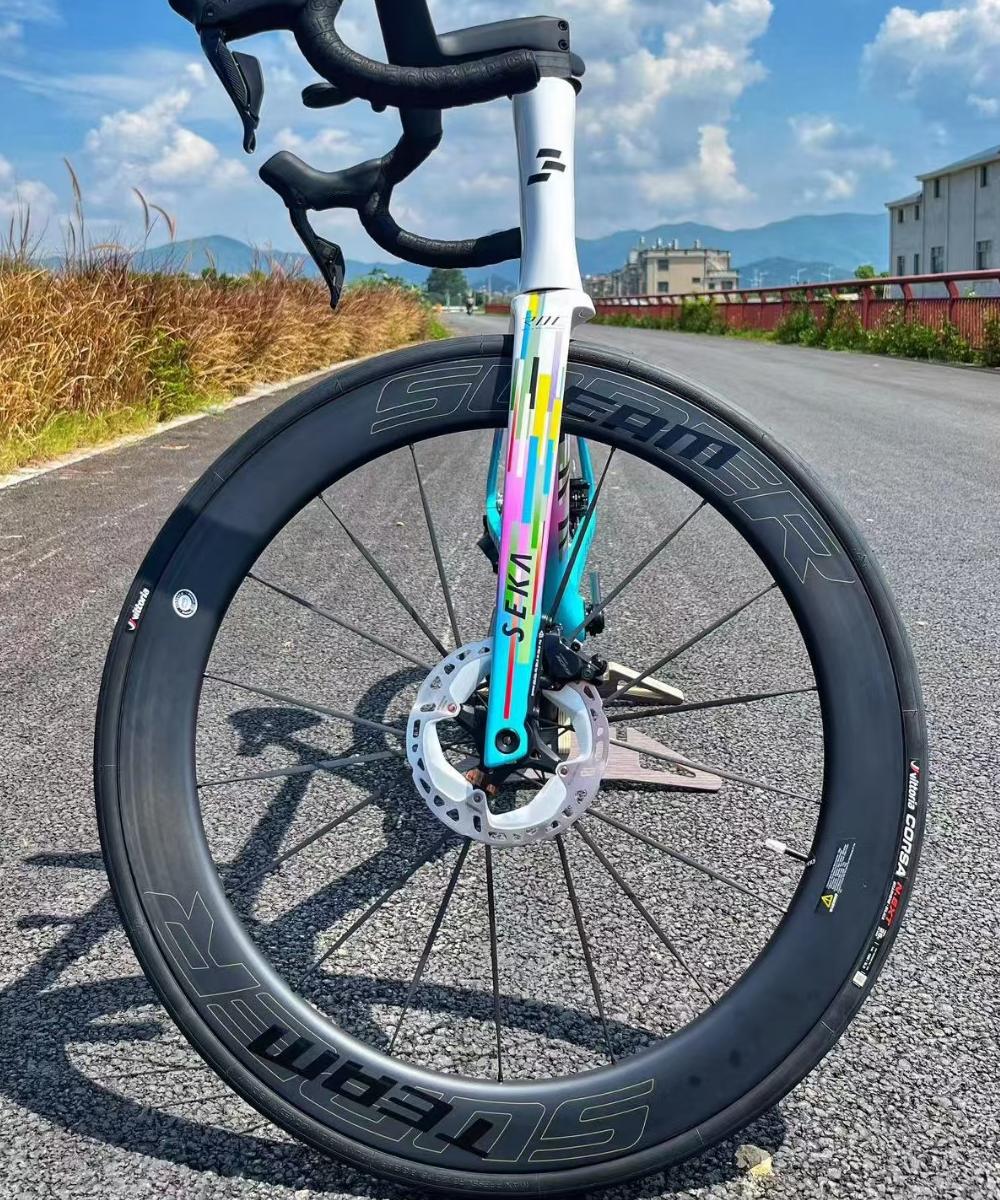Carbon Recycling in the Cycling Industry: Where Are We Now?
Carbon fiber has long been the material of choice for high-performance bicycle frames and wheelsets, prized for its strength-to-weight ratio, stiffness, and aerodynamic potential. However, the same properties that make carbon fiber so desirable also make it difficult to recycle. As the cycling industry grows more environmentally conscious, the question looms: where are we now in carbon fiber recycling—and how close are we to a truly circular economy?
The Carbon Problem
Traditional carbon fiber is not biodegradable, and once a component fails or becomes obsolete, it often ends up in landfills. The challenge lies in the thermoset resin used in most carbon composites. This resin hardens permanently during manufacturing and can’t be remolded like thermoplastics. As a result, recycling carbon fiber requires complex processes to break down the resin and recover the fibers—usually with some loss of strength and quality.
Emerging Recycling Technologies
Several companies and research institutions are now investing in carbon recycling technologies, with two main approaches gaining traction:
Pyrolysis – This involves heating the composite in an oxygen-free environment to remove the resin, leaving behind reusable carbon fibers. However, the process requires significant energy and often results in shorter or weaker fibers.
Solvolysis – This chemical process uses solvents to dissolve the resin and extract intact fibers. It is more precise but currently more expensive and slower to scale.
Some manufacturers are starting to use recycled carbon in non-critical components like saddle shells, fenders, or tool kits—proving that a second life is possible, even if not yet ideal for high-stress parts like wheelsets or frames.
Industry Efforts and Initiatives
Giant Bicycles has launched pilot programs to reprocess factory scrap and integrate recycled materials into new products.
Scott and Trek have collaborated with external recyclers to manage production waste and explore sustainable alternatives.
Organizations like the European Carbon Fiber Circular Alliance (CIRCE) are working to establish cross-industry standards and infrastructure for large-scale carbon reuse.
The Role of Consumers and Brands
While full-wheel recycling is still in early stages, responsible disposal and extended product life can make a difference. Brands can design with disassembly in mind, use fewer paint layers, or implement take-back programs. Consumers, in turn, can prioritize durable builds, maintain their gear properly, and choose brands that commit to sustainability.
Looking Ahead
Carbon recycling in cycling is no longer an abstract concept, but it’s far from mainstream. The next decade will likely see a mix of material innovation, regulatory pressure, and consumer demand pushing the industry closer to eco-responsibility. Whether through improved recycling methods or alternative materials, the path is clear: sustainability must ride in tandem with performance.


